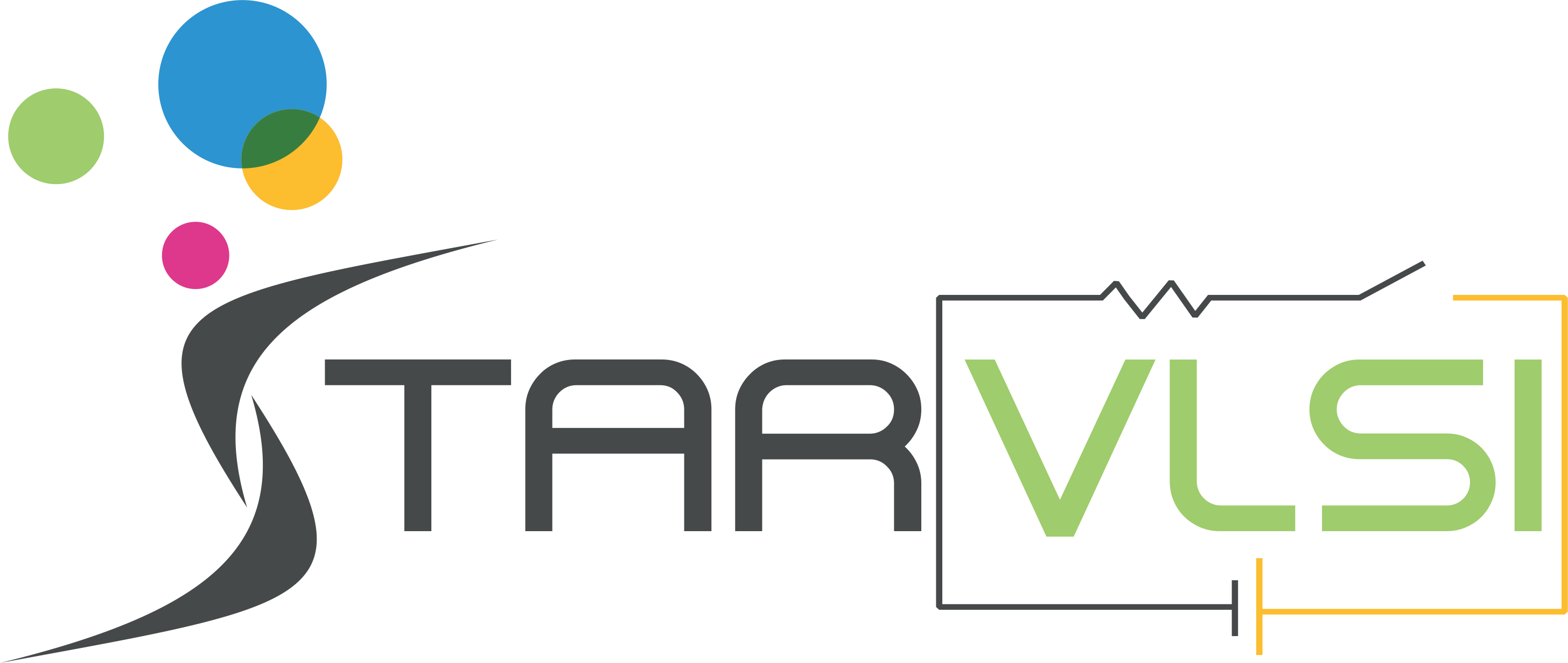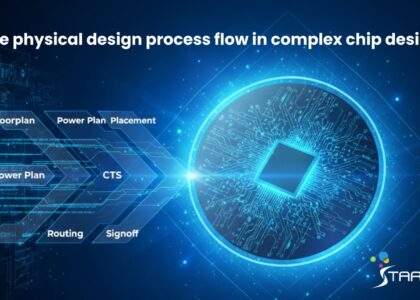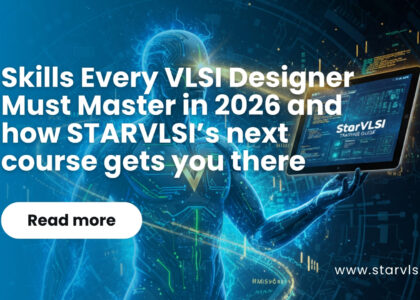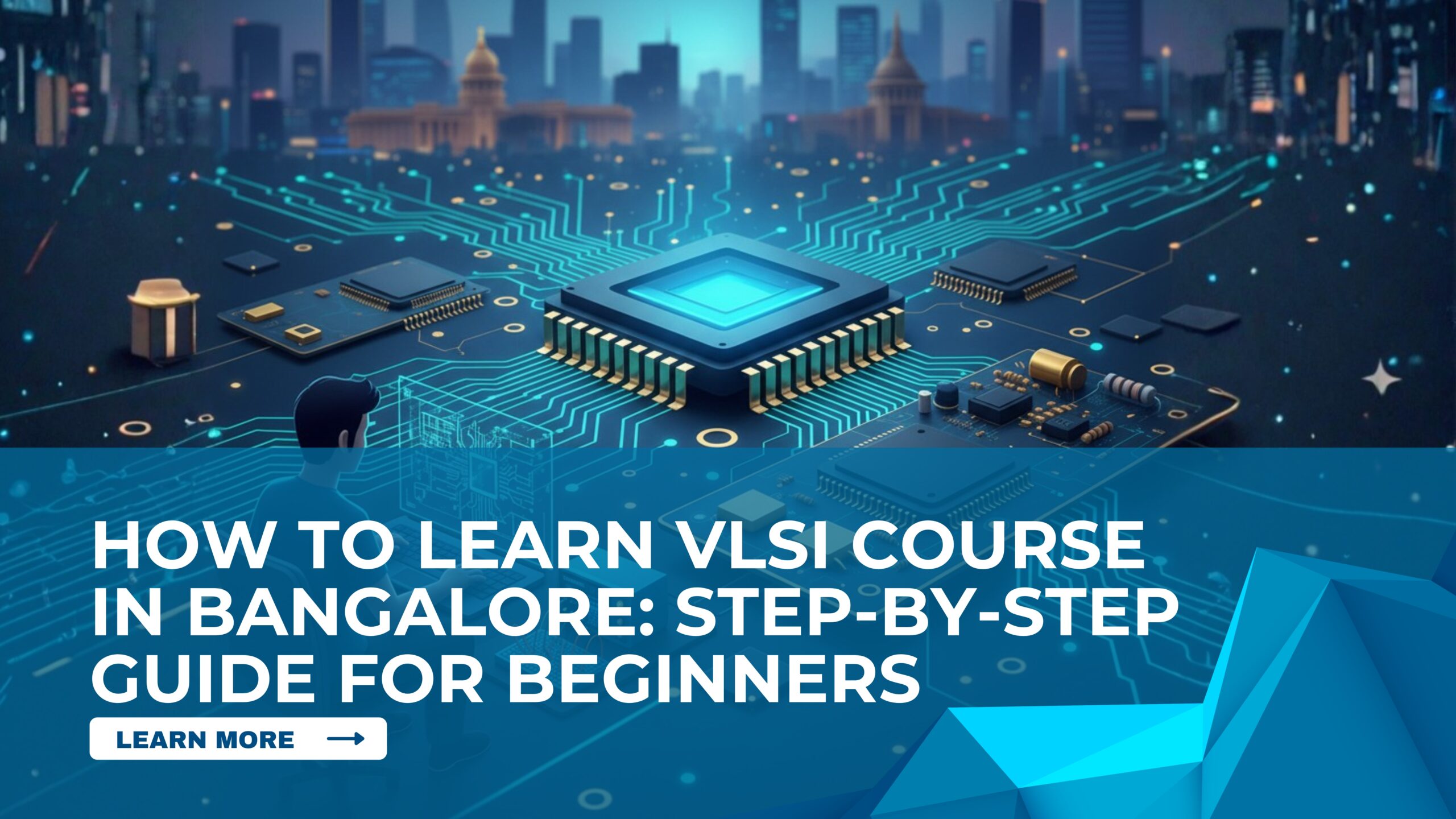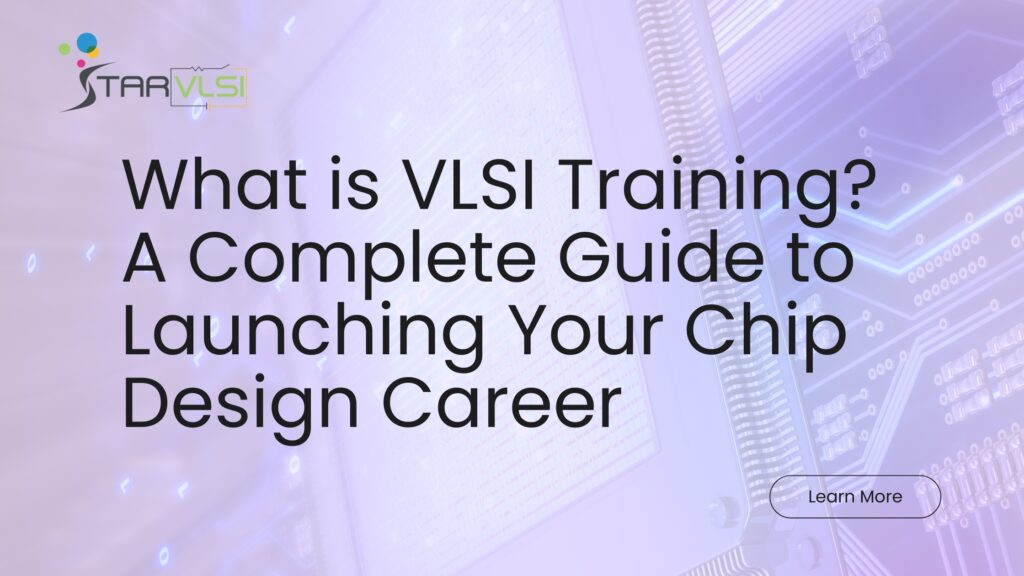
Why VLSI Matters More Than Ever
Every smartphone, AI chip, IoT device, and automotive processor relies on VLSI training to create efficient, high-performance integrated circuits. With the semiconductor industry booming, acquiring hands-on skills in VLSI training is the fastest way to launch a rewarding chip design career.semiconductors.
With the global semiconductor industry projected to surpass $1 trillion by 2030, the demand for skilled chip designers is skyrocketing. From AI accelerators to 5G processors, innovation depends on engineers who can design and build complex integrated circuits.
That’s where VLSI (Very Large-Scale Integration) comes in—the backbone of modern chip design. And for students, graduates, or professionals who want to join this booming industry, VLSI training is the gateway.
What is VLSI? (Definition & Basics)
Full form: Very Large-Scale Integration
Definition: VLSI is the technology of integrating thousands to millions of transistors onto a single silicon chip to create sophisticated integrated circuits (ICs).
A Quick Evolution of Integration:
SSI (Small Scale Integration) – a few transistors on a chip
MSI (Medium Scale Integration) – hundreds of transistors
LSI (Large Scale Integration) – thousands of transistors
VLSI (Very Large Scale Integration) – millions of transistors
ULSI (Ultra Large Scale Integration) – billions of transistors (today’s cutting-edge processors)
Real-World Examples of VLSI Applications:
Microprocessors (Intel, AMD, ARM-based chips)
Memory devices (RAM, Flash, DRAM)
SoCs (System-on-Chip) powering smartphones and AI accelerators
Automotive semiconductor chips for EVs and ADAS
Simply put, without VLSI, there’s no modern electronics industry.
What is VLSI Training?
Most engineering colleges teach theoretical concepts—logic design, digital circuits, microelectronics. But when graduates enter the semiconductor industry, they often face a skills gap.
This is where professional VLSI training bridges the gap:
Moves beyond textbooks into hands-on chip design and verification
Focuses on practical problem-solving with industry-standard tools
Prepares students for real-world semiconductor projects
Aligns learning with the skills companies actually demand
Think of it as the difference between learning traffic rules in theory vs. actually driving on the road. VLSI training is where you get that real-world driving experience in chip design.
Core Components of VLSI Training
A well-rounded VLSI training program covers all stages of chip design:
Frontend Design
RTL design, Verilog, VHDL
Digital design concepts and modeling
Backend Design (Physical Design)
Floorplanning, placement, routing
Timing, power, and area optimization
STA (Static Timing Analysis)
Verification
Functional verification
SystemVerilog, UVM methodology
Debugging and validation
Analog & Mixed-Signal Design
Circuit design fundamentals
Layout design, SPICE simulation
EDA Tools Training
Hands-on exposure to tools like:Cadence Virtuoso
Synopsys Design Compiler, PrimeTime
Mentor Graphics Questa
By mastering these, trainees transform from students into industry-ready engineers.
Who Should Consider VLSI Training?
VLSI training is not just for one group—it opens doors for many:
ECE, EEE, and E&TC students passionate about chip design
Fresh graduates looking to enter the booming semiconductor industry
Working professionals (software or IT) aiming to switch careers into hardware design
Prerequisites:
Basics of electronics
Digital logic design understanding
Programming fundamentals (C/C++ or Python helpful)
If you have curiosity for how chips work, VLSI training is for you.
Career Opportunities After VLSI Training
VLSI training equips you with skills for high-demand roles, such as:
ASIC Design Engineer
Physical Design Engineer
Verification Engineer
DFT (Design-for-Test) Engineer
Analog Design Engineer
Industries Hiring VLSI Professionals:
Semiconductor design companies (Intel, Qualcomm, Nvidia, AMD)
EDA tool companies (Cadence, Synopsys, Mentor Graphics)
Electronics product companies (Samsung, Apple, Google, Tesla)
R&D and government organizations
Salary & Growth:
Freshers can expect ₹5–8 LPA in India, with rapid growth as experience increases. In global markets (US, Europe), VLSI engineers earn $90K+ per year, making it one of the most rewarding tech careers.
Why Choose Professional VLSI Training?
Here’s why formal training makes a difference:
Industry-relevant curriculum (aligned with company job roles)
Hands-on labs & real projects
Exposure to latest EDA tools used in the industry
Mentorship from experienced chip designers
Placement assistance & career guidance
Certification that adds weight to your resume
In short, it transforms you from a student into a job-ready engineer.
What Makes Star VLSI Different?
At Star VLSI, we don’t just teach—we shape careers. Here’s how we stand apart:
Faculty from top semiconductor companies
Comprehensive course coverage (Frontend, Backend, Verification, Analog)
100% practical, project-based learning
Small batch sizes for personalized mentoring
Training on industry-leading EDA tools
Proven placement record with top chip design companies
Flexible learning: Online & Offline options
Post-training career support for interviews & projects
If your goal is a career, not just a course, Star VLSI is the place to begin.
Training Methodology & Duration
Duration: Typically 4–6 months (depending on specialization)
Approach:
Theory + Lab sessions
Case studies and mini-projects
End-to-end capstone projects
Assessment: Assignments, project reviews, mock interviews
Certification: Industry-recognized, strengthening employability
Skills You’ll Gain
By the end of the program, you’ll have:
Technical expertise: Verilog, SystemVerilog, Synthesis, STA
EDA tool proficiency: Cadence, Synopsys, Mentor tools
Problem-solving ability: Debugging, optimization
Industry best practices: Coding standards, verification methodologies
Job readiness: Resume building, interview preparation, aptitude for real projects
Industry Trends & Future Scope
The future of VLSI looks brighter than ever:
Semiconductor Mission in India is bringing massive investments
AI/ML chips are driving next-gen computing
5G & 6G processors are in demand
Automotive semiconductors (EVs, autonomous driving) are booming
IoT devices need low-power, compact SoCs
This means VLSI is not just a career option—it’s a future-proof profession.
How to Get Started with Star VLSI
Step 1: Check course details on www.starvlsi.com
Step 2: Ensure basic prerequisites (electronics & digital design knowledge)
Step 3: Book a free consultation/demo session with our experts
Step 4: Enroll in a program that matches your career goals
Step 5: Begin your journey toward becoming a VLSI professional
The world is running on chips—and chips run on VLSI engineers. With the semiconductor industry booming, VLSI training is your gateway to one of the most exciting, future-proof careers in technology.
At Star VLSI, we combine knowledge, practice, and mentorship to help you not just learn—but launch your career in chip design.
Take the first step today. Book your free demo and explore our VLSI training programs at www.starvlsi.com.
